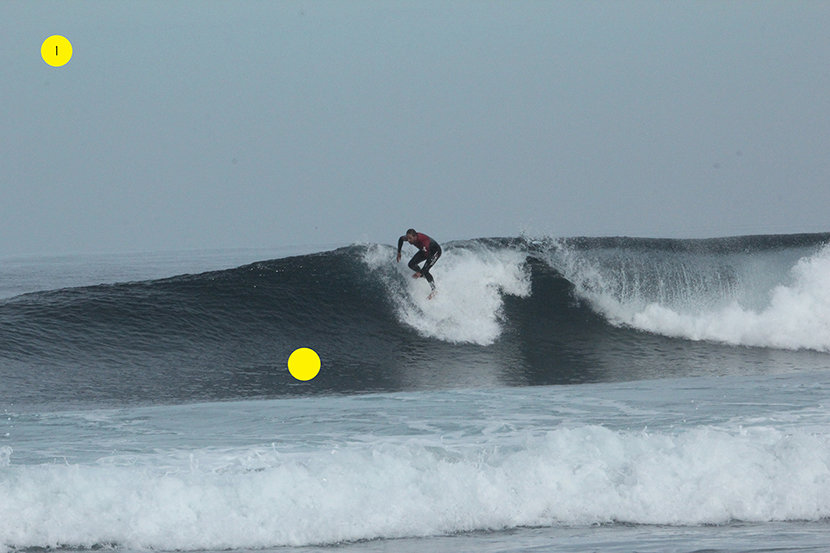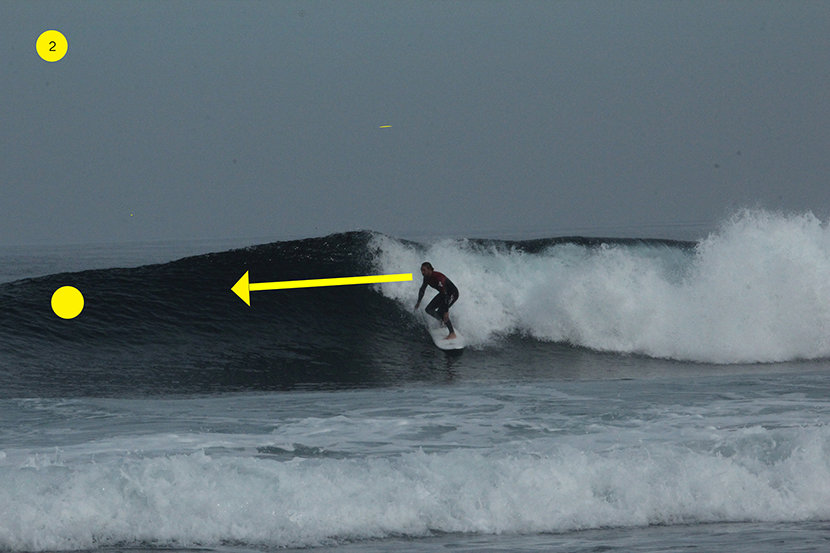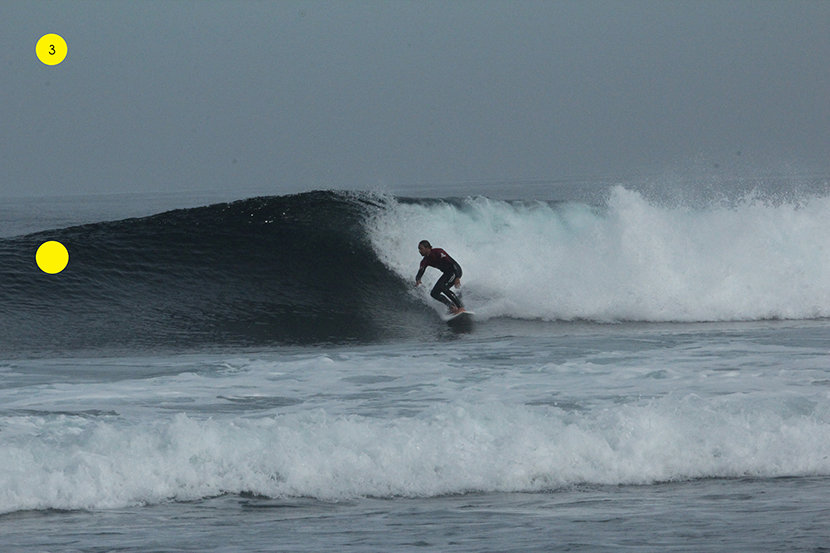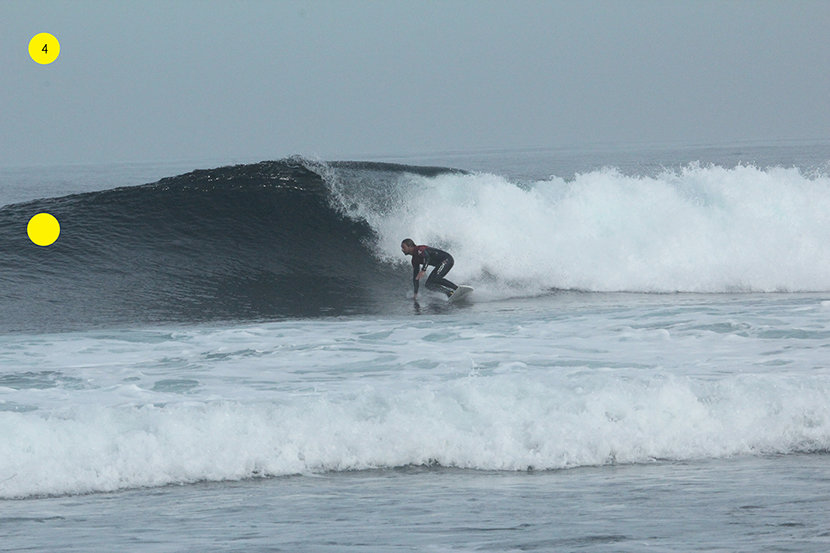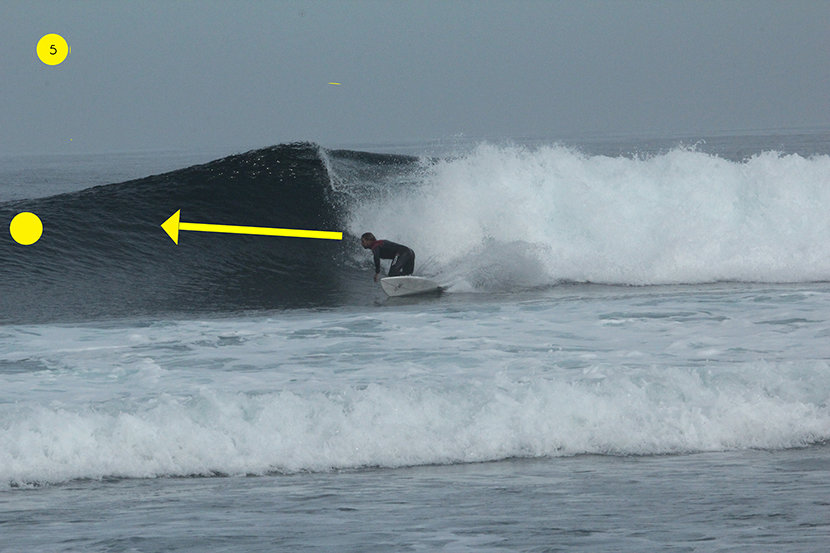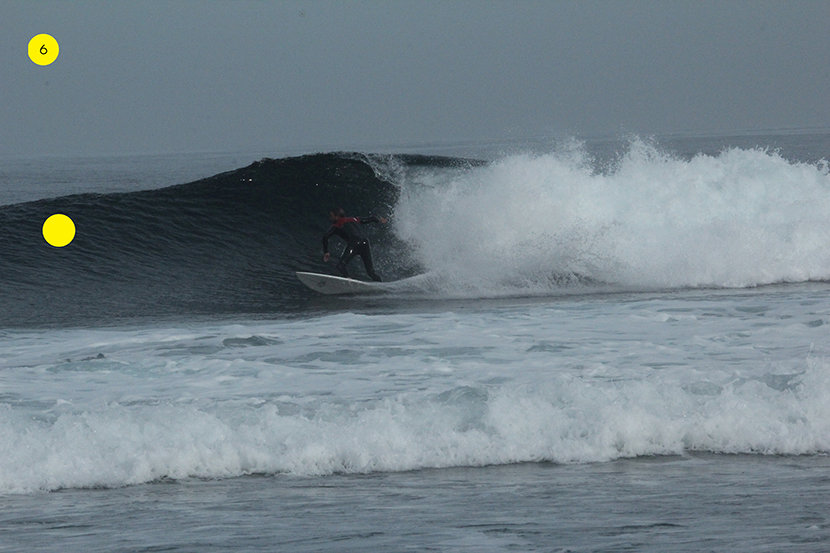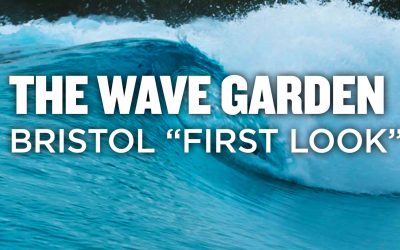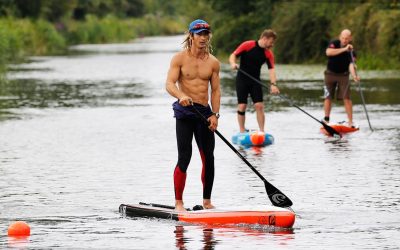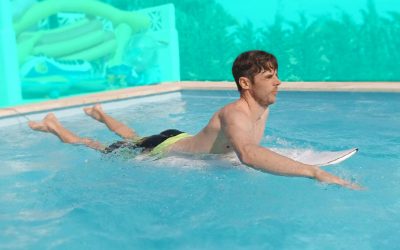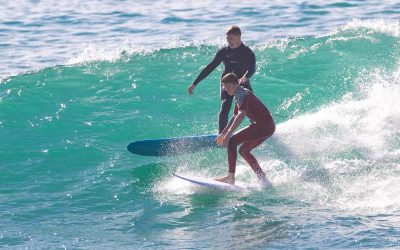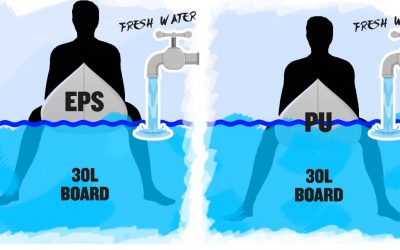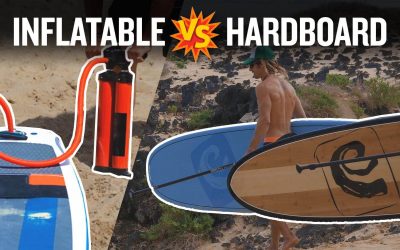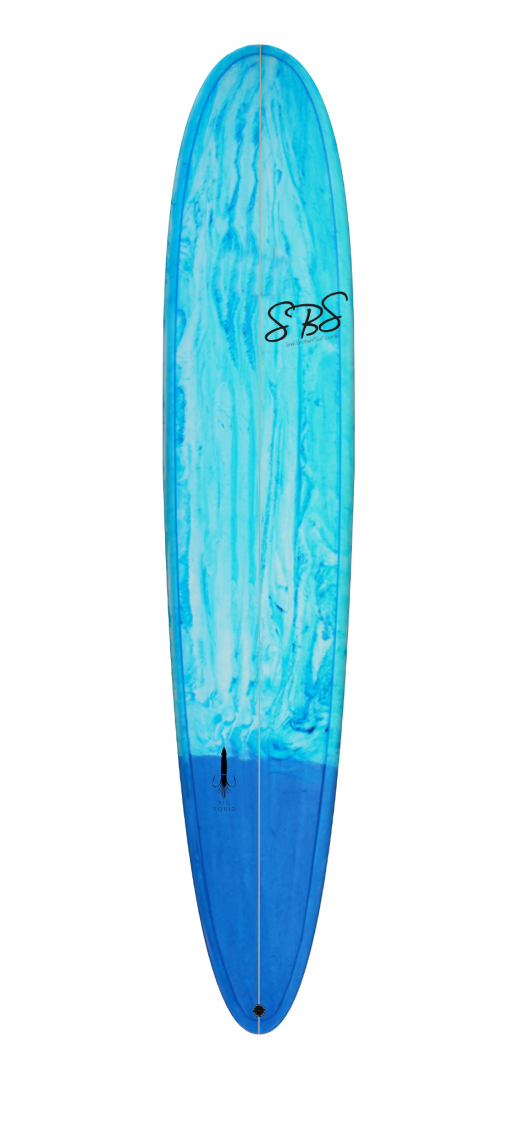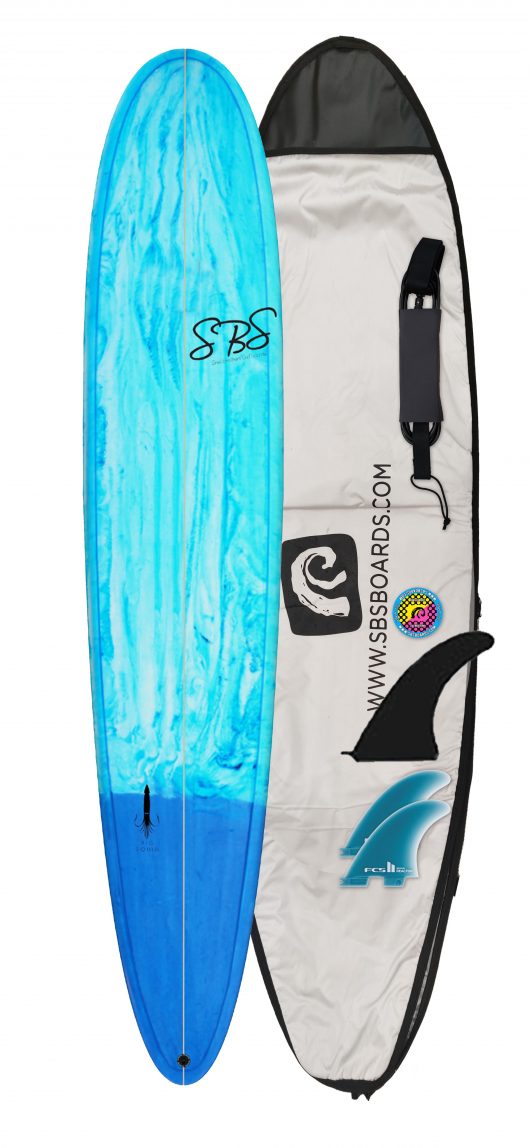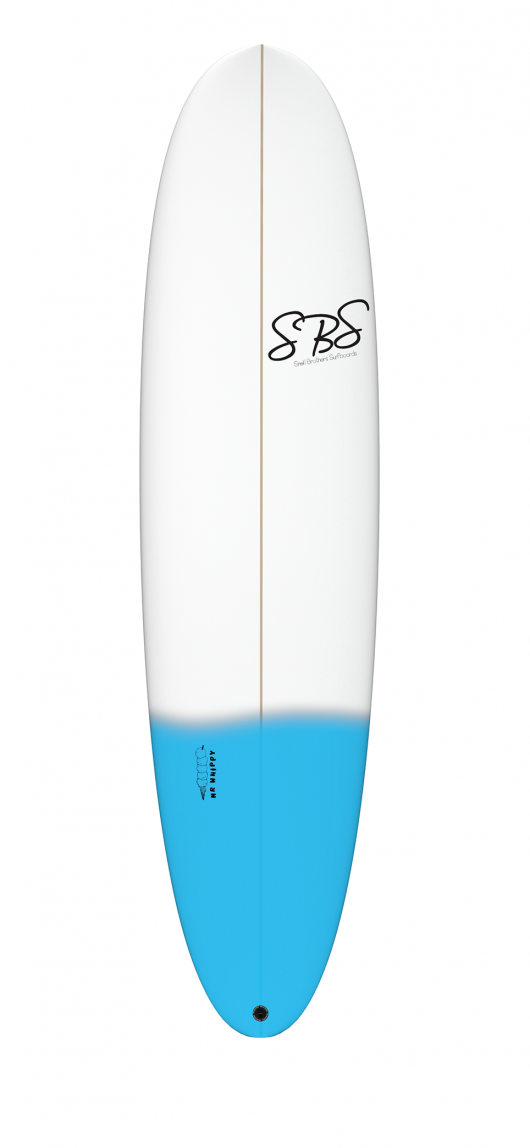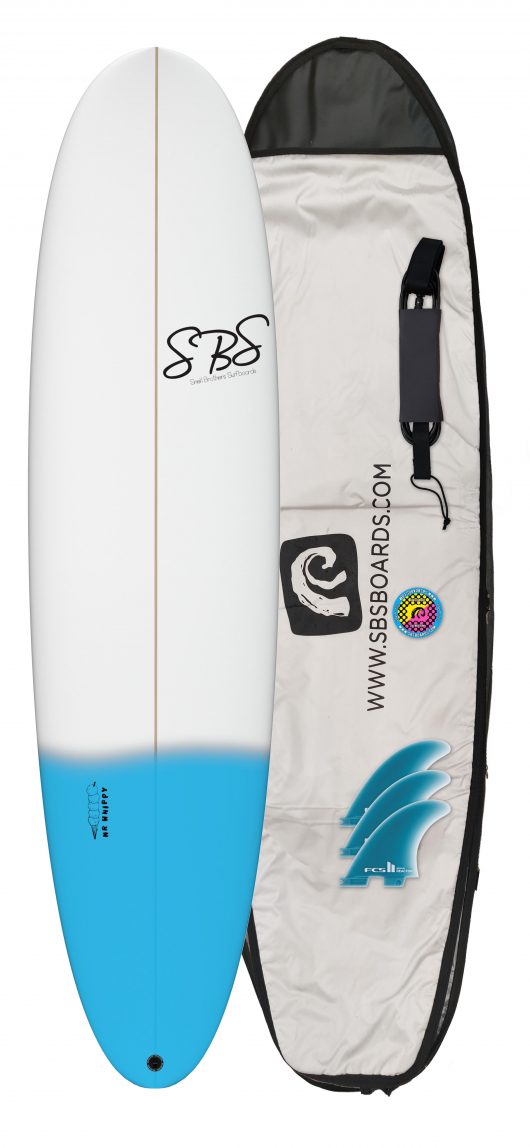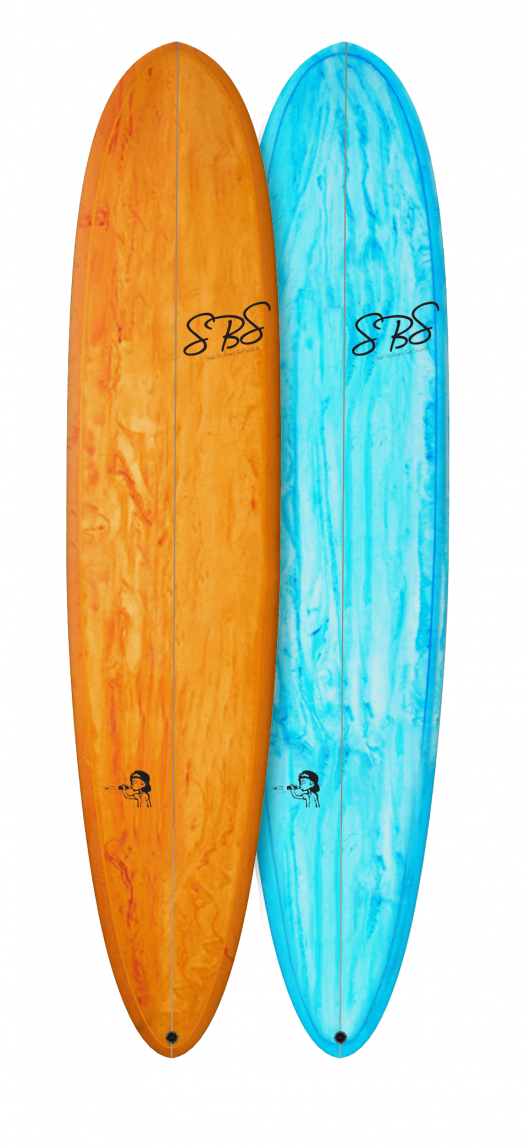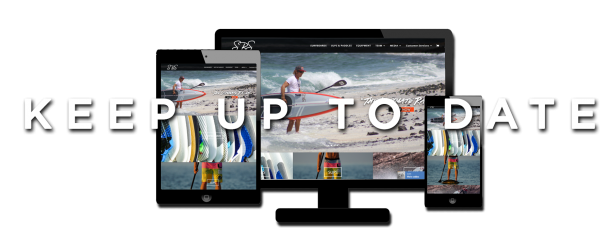How to do a Top & Bottom Turn in Surfing

The bottom turns along with the top turn are probably the 2 most crucial and fundamental moves in surfing. They are used every time you catch a wave, and every time you perform a manoeuvre. Mastering the basics of a good bottom and top turn is essential to improving other areas of your surfing. It is the basis upon which all your other manoeuvres can be built upon.
Bottom Turn
KEYS: Start your bottom turn as soon as you get to the flats.
Carry your speed up the wave by bending your knees, and putting pressure on your back foot.
Visual Cue: After dropping down the face you will want to create speed by bending your knees maintain that speed until you reach the flatter section then start to initiate your turn.
Tips: When dropping down the wave focus on your next turn and maintaining speed from your tack off maintain bent legs in a stable position then right when you reach the flats start your bottom turn so you don’t lose any speed.
Visual Cue: now you hit the flats your will need to initiate your bottom turn start to lean toe side of the board and look to where you want to make your top turn as this will be a good reference point for your body to follow try not to bury your feet under water during the bottom turn.
Tips: Bend your knees slightly, and lean on to your toe side edge to initiate the bottom turn. Be careful not to lean too far because you will bury your feet under water and lose all your speed, and fall off your board. Your weight should be evenly distributed between your front foot and your back foot, and you should be focused on the part of the wave where you want your bottom turn to end.
Visual Cue: You will feel the board start turning, maintain eye contact with the next section you want to perform a manoeuvre keeping your shoulder angled towards your destination. Carry your speed up the wave by bending your knees, and putting pressure on your back foot.
Tips: Hold your line, keep your knees bent, and when you come off the flats on to the transition shift most of your weight to your back leg. Push on your back foot in order to gain as much speed as possible while driving up the face of the wave. The more speed you have the more powerful your turns will be and after a while you will be able you start leaning into them by putting your trailing hand in the water.
A well-executed bottom turn is always the start of a well performed top turn which is your next manoeuvre.
The Top Turn
The top turn snap is a perfect set-up move that can be used on any wave in all types of conditions. Points, reefs, beaches, anywhere, It’s one of the best moves to have in your bag of tricks.

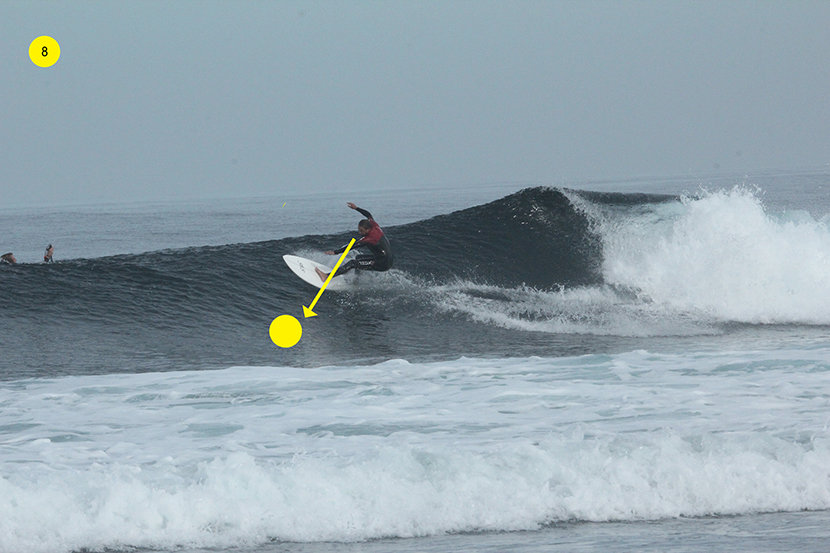
Visual Cue: Whilst
Tips: As you lift from your bottom turn, keeping your board flat on the wave face to retain full speed, unweight your foot and lean slightly back. But keep most of your weight and body over the midpoint of your surfboard.
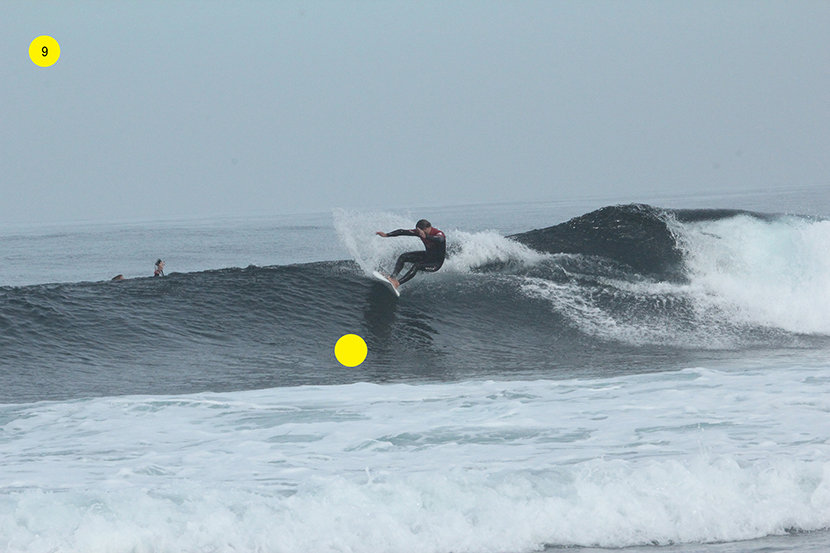

Visual Cue: Push hard on your back leg, this will cause your back leg to straighten out, your front leg to bend and spray to fly out the back of your board. Push hard through the snap until your back leg is fully extended. Your weight should be over your front foot, but your back leg needs to be powerful and solid. Stay low and solid over top of your board. Your eyes should be focused on the shape of the wave, and the nose and toe-side rail of your board. You want to be sure to keep your nose up if the wave is steep so you don’t stick it in on your next bottom turn.
Tips: Just as you feel the friction of the water grabbing your momentum but before losing too much speed begin your turn. Push down on your heels and lift the balls of your feet, thus submerging a small portion your inside rail to give added traction and avoid spinning out whilst keeping most of your weight and body over the midpoint of your surfboard.

Visual Cue: You will feel your fins and angle your board down the line into your next move. This will give you speed but you may need to generate more by pumping depending on how close to the pocket you are. You will be able to feel and judge whether this is necessary.
Tips: If you are flowing into a combo you still need to be
The Wave Garden Bristol “First Look”
The Wave Garden Bristol “First Look”The Wave Bristol Has released its first short video of the waves produced by wave garden specifically wave garden cove technology and we got say its looks incredible. ever since the first idea of the wave bristol came about we have...
SUP Clinic Chichester By SBS boards & TJ Boards
We hosted our very first SUP clinic with Partners, TJ boards who are local experts of the Chichester canal. We were lucky enough to have our SUP team rider Narcy who lives in Fuerteventura in the canary island who lives and breast anything water sports. who is...
How To Paddle Faster!
Improving your paddle stroke means catching more waves longer sessions and more fun For anyone starting surfing or even an experienced Surfer will know the feeling of missing a wave by one or two strokes, not quite being in front of the wave as it peels or freaking...
13 Things All Beginner Surfers Need To Know
If you are new to surfing or if something you want to try there are some precautions you should definitely take before jumping in at the deep end Here are our top 13 tips for beginners all the things you will need to know to get you started in your surfing fun and...
Epoxy Surfboards are Better For wave Pools?
Whats Better For Wave Pools (EPS Or PU) If you haven’t been hiding under a rock for the last 2 years then you have probably seen the explosion of wave pool video hit the internet from Kelly's Surf Ranch with endless peeling perfection to BSR Park, N Land in Austin or...
INFLATABLE SUP VS HARD SUP WHAT’S RIGHT FOR ME
As technology and development in inflatable and hard boards change this is something to review every few years as it used to be very clear that hard boards rule the waterways and inflatables had no place and no rivalry to the hardboard but today things are very...

